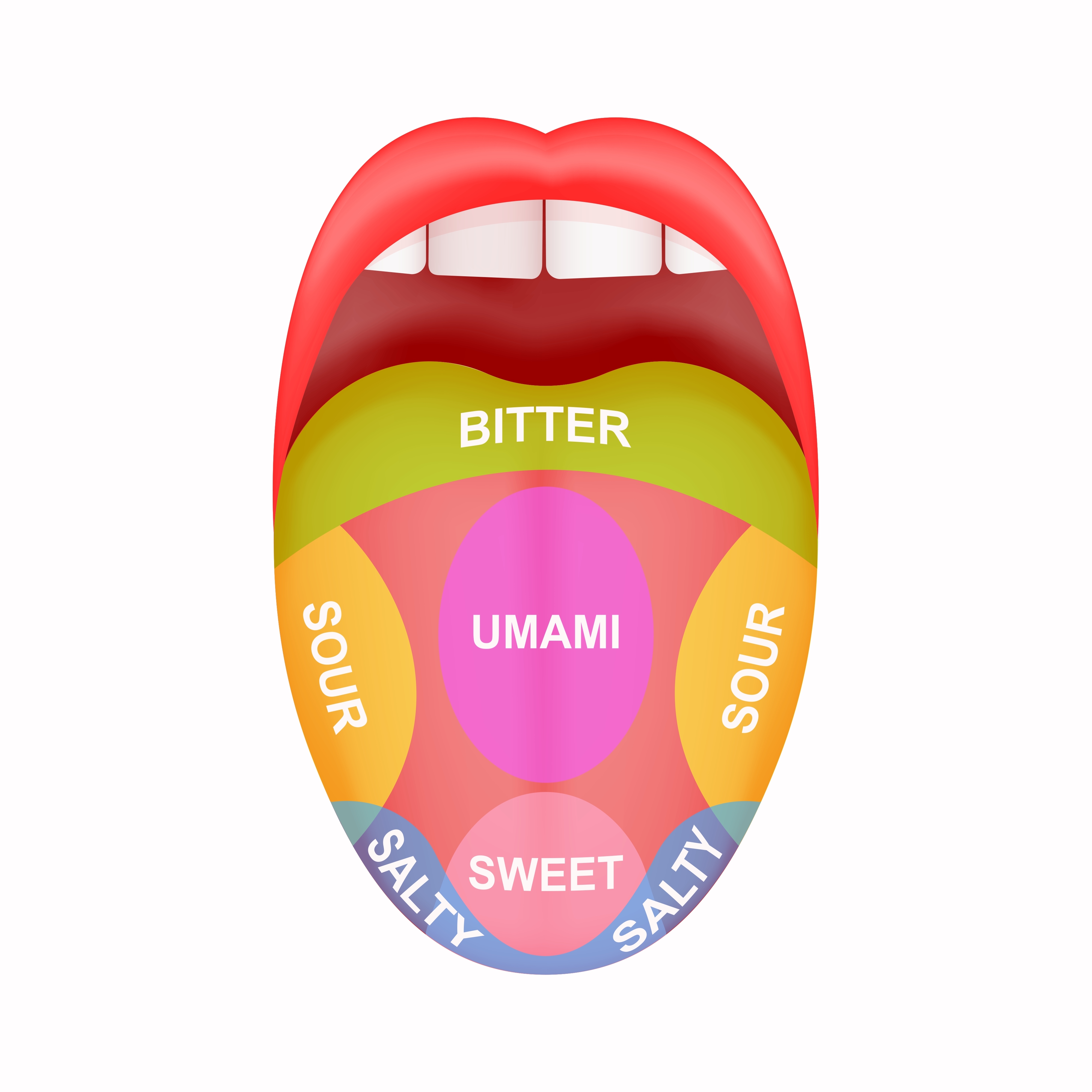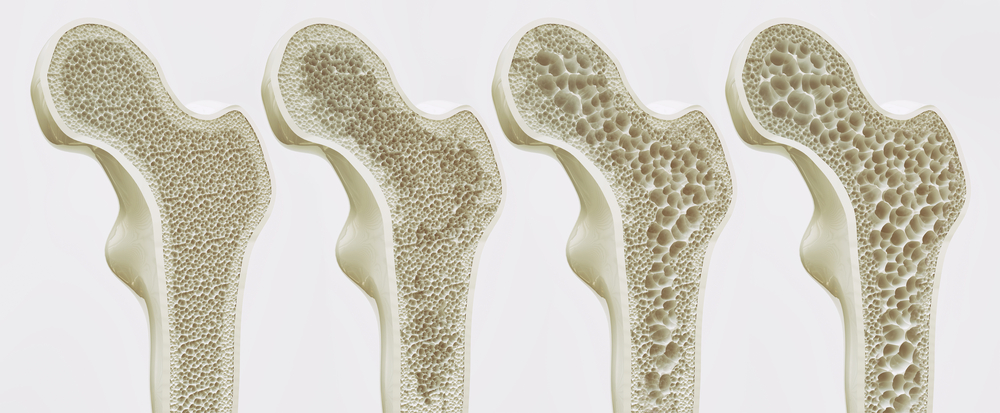This is the second blog in a new series discussing the 5 senses. This blog will focus on taste, also known as gustation.
There are 5 main tastes: sweet, salty, sour, bitter, and umami (the ability to taste glutamate). Each one depends on a specific receptor located on the tongue.
The gustatory system consists of receptor cells found in taste buds, which are found in structures called papillae. Although most taste buds are located at the front of the tongue, they can also be found on the side and back of the tongue.
There are 4 main types of papillae: fungiform, foliate, circumvallate, and filiform. Fungiform papillae are mushroom-shaped structures that are found on the tip and sides of the tongue. Foliate papillae are folded structures located at the back of the tongue. Circumvallate papillae are flat structures that are also found at the back of the tongue. Fungiform, foliate, and circumvallate papillae contain taste buds. Filiform papillae exist all over the tongue but do not contain taste buds.
According to the labeled lines model, each taste bud contains 5 axons. Each axon sends information regarding one taste to different parts of the gustatory cortex. The axons remain separate on their way to the brain and connect to different parts of the brain.
Love them without losing yourself. The Boom Health app helps you manage your loved one’s home care in one app. Download the app from the App Store or Google Play Store.
This article is not intended to be a substitute for professional medical advice or diagnosis. Always seek the advice of your physician or another qualified health provider with any questions you may have regarding a medical condition.





